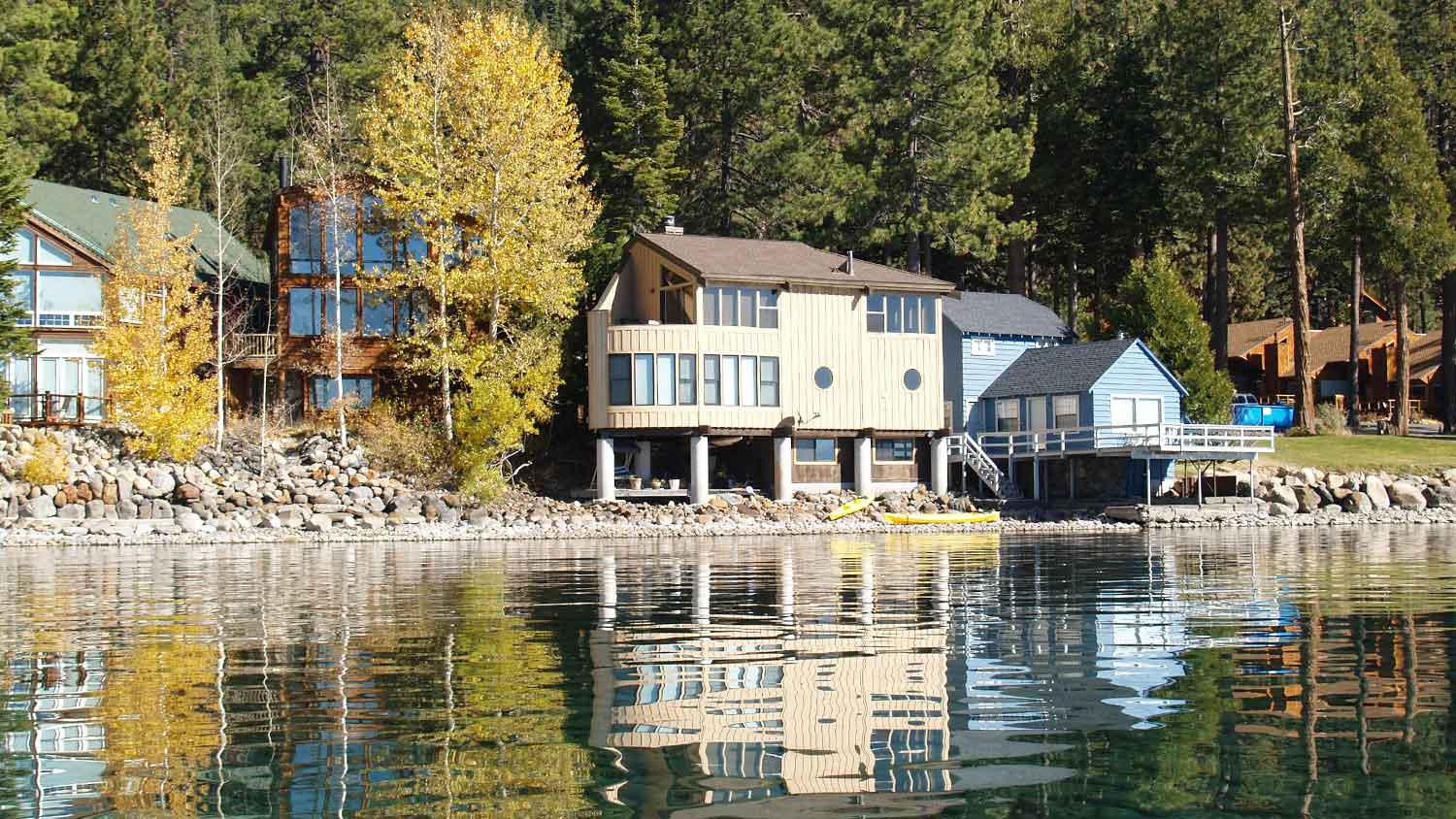
How much do hedges cost? Discover average hedge installation prices, key cost factors, and tips to save money on your landscaping project.
Your artificial grass doesn’t need watering, but it does need a sturdy foundation


Sub-base creates a sturdy foundation to support your artificial lawn
Sub-base is often gravel, sand, or recycled concrete and asphalt
CMB and decomposed granite are the most popular for residential landscaping
Class II road base is best for commercial applications
CMB is most affordable, but decomposed granite has better drainage
It may look simple enough, but installing fake turf is not the same thing as putting an outdoor rug on your patio—even if they’re both made of plastic. It takes a lot of digging, and you’ll need a solid foundation—of both installation knowledge and literally underneath your grass. That’s where sub-base comes in.
Artificial grass sub-base refers to the mix of materials put directly below your fake turf. It creates a smooth surface and supports your lawn for years—and even decades—to come. Here’s what you need to know.
The main purpose of using a sub-base is to create a solid foundation for your lawn. Soil, no matter how compacted, expands with moisture and contracts as it dries. Clay soil is particularly vulnerable to this type of movement. Sub-base doesn’t expand or contract. The result is a smooth lawn without wrinkles or soft spots from uneven soil. Some sub-bases even help with drainage, preventing water from pooling in your yard.

Wondering what to put under artificial grass? The best sub-bases are a mixture of gravel and sand. Some varieties come from concrete, asphalt, or wood, but the most common types are CMB, Class II road base, or decomposed granite—and there’s a good reason.
For the average homeowner, the cost of artificial turf is usually upwards of $4,000. You can save a little cash by choosing crushed miscellaneous base (CMB) as your sub-base. This sub-base material is a mixture of sand, gravel, and recycled concrete or asphalt. It’s generally the most affordable option and compacts easily, making it a popular choice in landscaping. Unfortunately, it can be hard to smooth out, and it’s non-porous, so it can struggle with drainage.
Class II road base is similar to CMB, but it has to undergo extensive testing to ensure that it can perform well under roads, parking lots, and sidewalks. Commercial applications—like golf courses or athletic fields—more commonly use this sub-base. It’s not budget-friendly, and usually not necessary for a residential backyard.
Decomposed granite or limestone chippings are natural derivatives that form when stone erodes and weathers down over time. Stone chippings come with a higher cost, but they do achieve a smoother finish than CMB. They’re also better for drainage, which helps promote the long-term health of your backyard (especially if you’re trying to create a pet-friendly artificial turf space).
A local artificial grass company should be able to tell you the exact amount of sub-base needed for your project. They may even recommend a laying course, an additional layer of granite dust or sand that goes over the sub-base to make the surface even flatter and smoother.
In general, your sub-base layer should be two to four inches deep. The material is generally sold in loose truckloads or bags by the ton. It depends on the sub-base type. For a 100-square-foot area, you’ll need around:
1 to 2 tons of CMB
1 to 1.5 yards of decomposed granite
You may have trouble managing the sheer weight and volume on your own, but you can hire a local stone and gravel company to deliver it to your yard.
From average costs to expert advice, get all the answers you need to get your job done.

How much do hedges cost? Discover average hedge installation prices, key cost factors, and tips to save money on your landscaping project.

Xeriscape costs depend on materials, the size of your yard, and if you DIY. This guide will help you determine what your xeriscaping project will cost.
.jpg?impolicy=leadImage)
Landscaping your yard adds curb appeal and expands your home’s living space into the outdoors. Learn how much landscaping costs for various projects.

Riprap prevents erosion and protects your shoreline when done right. Learn who to hire for riprap and how to find a licensed professional.

Do you tip landscapers? Talking about tipping is often seen as a taboo, but there are a lot of nuances to getting the numbers right. This guide can help.

Landscaping rocks are used for a variety of landscaping designs. Learn how to keep landscape rocks in place to keep your yard looking great.